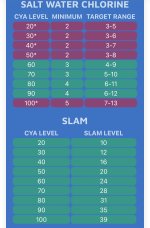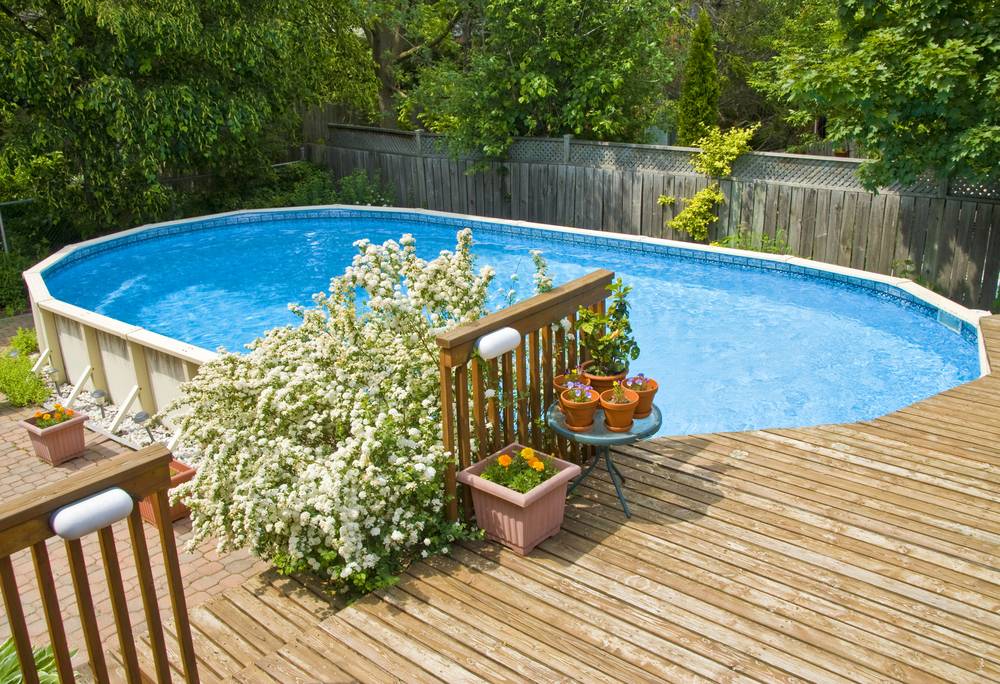Hi,
PH 7.6
FC 3.94
TA 60
CYA - 39
SALT - 3200
CH - 413
Have been reading as much as I can on here and it has always been helpful. Decided to get a better method for testing chlorine more accurately and so bought the FAS-DPD kit from clear choice labs (Australia).
I have tested 3 different times, on different days (within 3 days) and times of the day and have got the same result, 12 drops added so FC of 6ppm. The discrepancy comes when testing against other methods:
Test using DPD tablet: Between 2 and 5 ppm but closer to 2ppm
Test using test strips: Between 3 and 5ppm
Pool shop 1: 3.94ppm
Pool shop 2: 3ppm (day after pool shop 1)
Now I know all the above methods are meant to be less reliable but the fact they are all close to each other (even the 2 independent pool shops) but this makes me very much doubt the more expensive and recommended kit from clear choice labs.
Any advice/help would be greatly appreciated. (Have sent email to clear choice labs also to enquire)
PH 7.6
FC 3.94
TA 60
CYA - 39
SALT - 3200
CH - 413
Have been reading as much as I can on here and it has always been helpful. Decided to get a better method for testing chlorine more accurately and so bought the FAS-DPD kit from clear choice labs (Australia).
I have tested 3 different times, on different days (within 3 days) and times of the day and have got the same result, 12 drops added so FC of 6ppm. The discrepancy comes when testing against other methods:
Test using DPD tablet: Between 2 and 5 ppm but closer to 2ppm
Test using test strips: Between 3 and 5ppm
Pool shop 1: 3.94ppm
Pool shop 2: 3ppm (day after pool shop 1)
Now I know all the above methods are meant to be less reliable but the fact they are all close to each other (even the 2 independent pool shops) but this makes me very much doubt the more expensive and recommended kit from clear choice labs.
Any advice/help would be greatly appreciated. (Have sent email to clear choice labs also to enquire)



